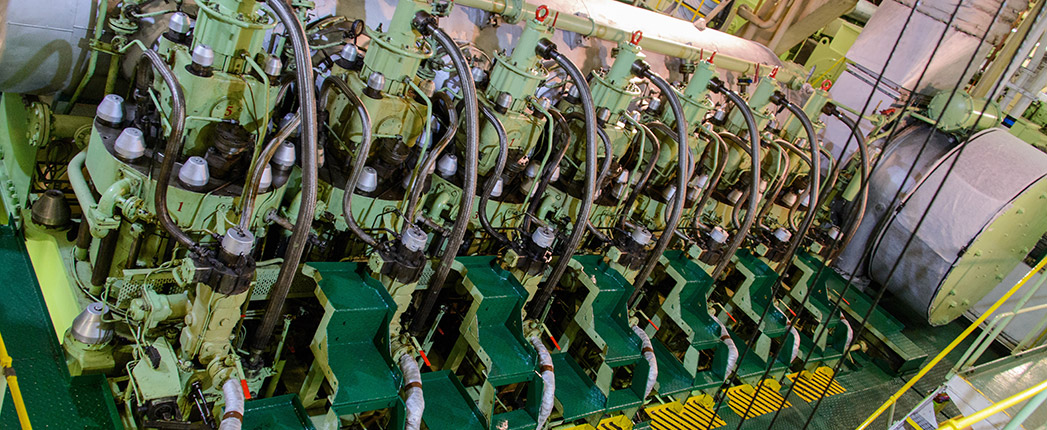
IMO 2020’s lower sulfur cap had a profound impact on the marine lubricant landscape, changing not only oil formulations but also some of the wear mechanisms in ship engines, according to an industry insider who said the developments make oil condition monitoring even more crucial.
Joseph Star, global aviation and marine offer advisor for ExxonMobil, shared insights from the company’s MobilServe cylinder condition monitoring service’s database findings during Riviera Maritime Media’s Nov. 25 online webinar, “Oil condition monitoring: the answer to marine lubricant stress?” Star said the service tracked what was going on throughout 2020.
The International Maritime Organization’s IMO 2020 rule imposed a global limit of 0.5 percent limit on sulfur content in marine fuels, compared to the 3.5 percent limit that previously applied in most parts of the world. Scrubbers allow vessel owners to use fuel with a sulfur content greater that 0.5 percent but require lubricants with a higher base number.
“What we found is that following that switch through to where the vast majority of the industry has moved on to compliant fuel, over half of the vessels in our database and likely on the ocean today are not operating at an optimal [lubricant] feed rate,” Star said, noting that 54% were not operating at an optimal feed rate.
“We very rarely find occurrences where customers are aware the vessel is under-lubricating so much that you have metal-to-metal contact,” he noted. “Typically, what we’re finding is there’s an ongoing [effort] to continue to over-lubricate the engine, which can have just as much long-term and short-term damage as under-lubrication. Not only are you increasing your risk of deposit formulation and other engine operation issues, you’re also wasting money by using too much cylinder oil in the engines.”
He noted that the vast majority of vessel’s lubricant budget, around 70%, is devoted to cylinders. “Any recommendation or adjustment you can make to that feed rate factor to optimize your overall consumption is going to have a substantial impact on your overall top-end and bottom line,” he said. “
Star said this highlights the value of oil condition monitoring to optimize what’s going on with marine lubricants. “That has not changed with the change in regulations,” he said. “It still remains as relevant today as it has in the past.”
Information from the company’s database also showed the impact that the relationship with fuel is having on the overall condition within the engine. “So what we’ve found is almost half – 43% of vessels – have evidence of [catalytic] fine contamination,” he said. “Not where cat fines are present only within the fuel, but particularly once fuel has gone through purifiers, [we] find pretty intense levels of cat fine contamination in the lubricant oil themselves.” Catalytic fines, commonly called cat fines, are tiny debris aluminum and silicon from catalysts.
“These cat fines can damage cylinder components and engine components very rapidly,” he warned. “So being able to have that rapid insight as to what’s going into your engine there and then – on board the vessel – and not having to wait for any lab analysis really is key.”